- Home
- About Us
- Products
-
Heat-Pump Dehumidifier DeAir
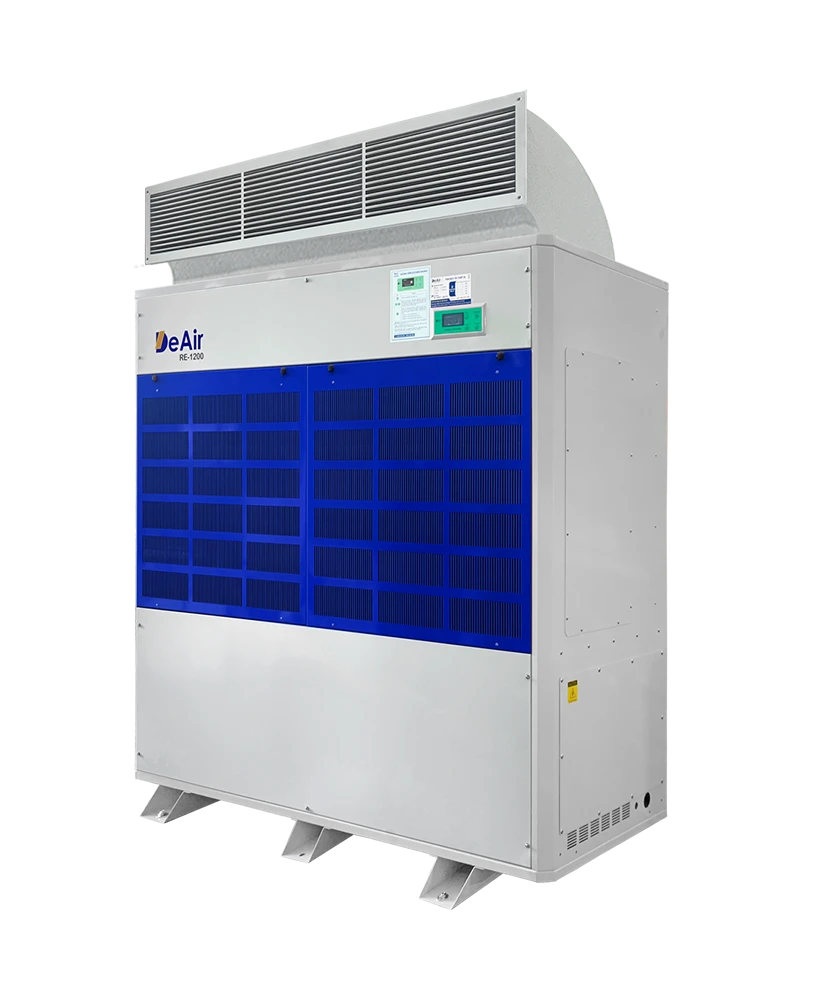 DeAir.RE
DeAir.RE -
Heat-Pump Dryer DeAir.RE-H
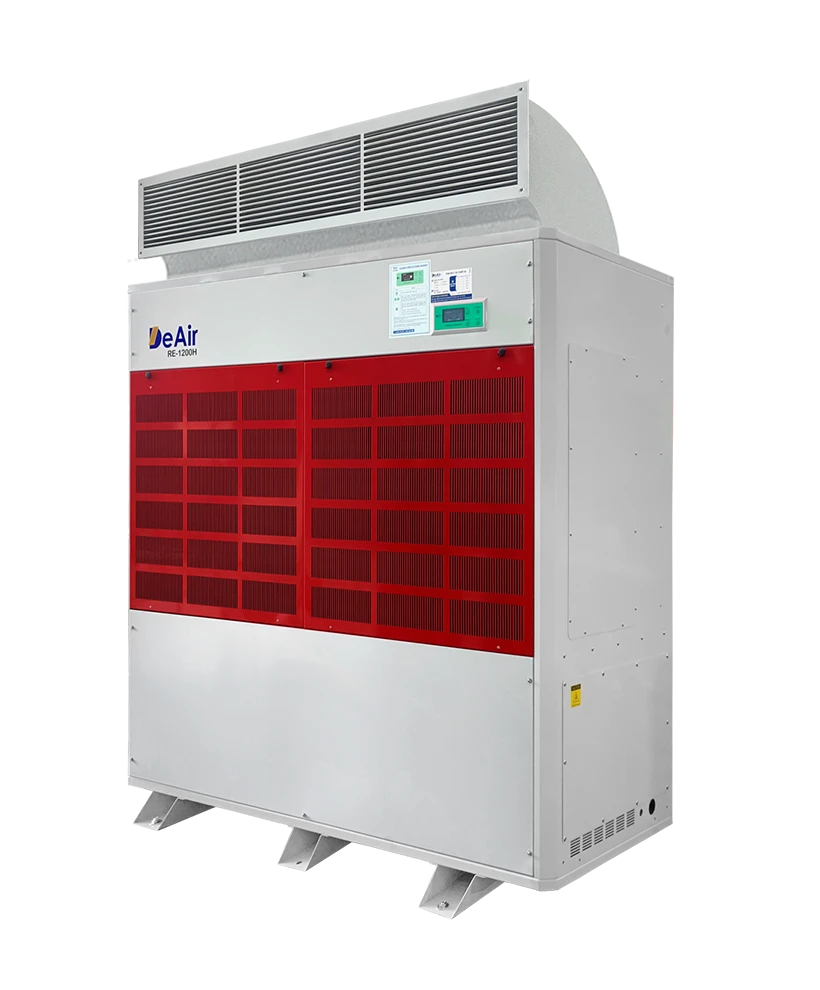 DeAir.RE-H
DeAir.RE-H -
Heat-Pump Stainless Steel Dehumidifier
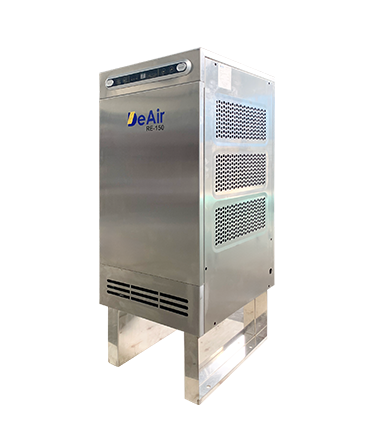 DeAir.RE-INOX
DeAir.RE-INOX -
Heat-Pump Isothermal Dehumidifier DeAir.CRE
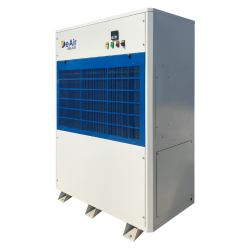 DeAir.CRE
DeAir.CRE -
Dezenno Dehumidifier
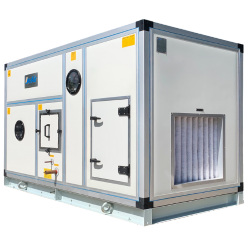 Dezenno
Dezenno -
Heat-Pump Ceiling Mounted Dehumidifier DeAir
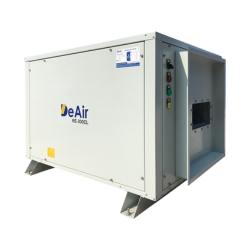 DeAir.RE-CL
DeAir.RE-CL -
Dehumidifier Olmas
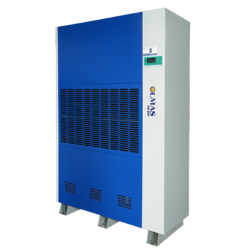 Olmas-OS
Olmas-OS -
Industrial Humidifier DeAir
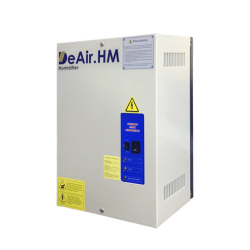 DeAir.HM
DeAir.HM -
Heat-Pump Dryer Daxwell
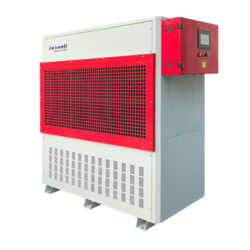 Daxwell
Daxwell -
Electric Duct Heater DeAir
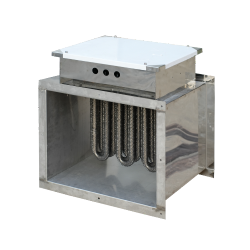 DeAir.Heat
DeAir.Heat -
Air Handling Unit Dezenno.MAX
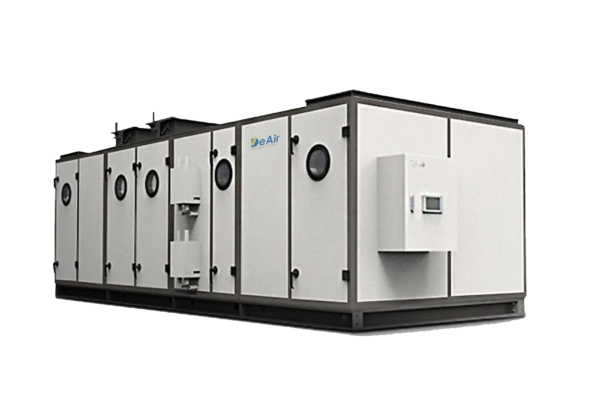 AHU
AHU
-
- Services
- Projects
- Warranty – Maintenance
- News
- Contact
HVAC for Laboratories: Why "Air Conditioning" Isn't Enough - Precise Environmental Control from DeAir
03/11/2025
HVAC for Labs: Why Standard "Air Conditioning" Is Not Enough
Have you invested billions in analytical equipment, only to find your test results are constantly skewed? Have your R&D samples been compromised for no clear reason? The culprit might be your HVAC (air conditioning) system.
For a laboratory (lab), HVAC (Heating, Ventilation, and Air Conditioning) is not just about "air conditioning" (cooling). It is a complex environmental control system that demands absolute precision in temperature, humidity, cleanliness, and pressure. A minor flaw in HVAC design can destroy valuable research results.

Table of Contents
- 1. Why Standard "Lab Air Conditioning" Isn't Good Enough
- 2. The 3 "Golden Rules" of a Lab-Grade HVAC System
- 3. The Comprehensive Solution: What is an AHU System?
- 4. The "Hardest" Challenge: Precise Humidity Control for Labs
- 5. DeAir - Your Partner for Comprehensive Lab HVAC Solutions
- 6. Frequently Asked Questions (FAQ)
1. Why Standard "Lab Air Conditioning" Isn't Good Enough?
Using a residential or office air conditioner for a lab is a critical technical mistake. A standard AC unit is only designed to control temperature relatively and fails to address the 3 key factors of a certified lab:
- No Precise Humidity Control: An AC unit does dehumidify passively, but it cannot maintain a stable, specific humidity level (e.g., 40%RH). When humidity fluctuates, sensitive analytical equipment and chemicals will produce incorrect results.
- No Room Pressure Control: An AC unit cannot create positive pressure (to prevent contamination from entering) or negative pressure (to keep pathogens/chemicals inside the room).
- No Cleanliness (Filtration) Control: A standard AC filter only catches large dust particles and cannot meet the cleanroom-grade (HEPA) filtration required by a lab.

2. The 3 "Golden Rules" of a Lab-Grade HVAC System
A proper lab HVAC system, compliant with standards like ISO/IEC 17025 (for testing and calibration laboratories) or GSP/GLP, must simultaneously control 3 factors:
Precise Temperature & Humidity Control (Stability)
Analytical instruments (chromatographs, spectrometers, scales) and chemical samples are extremely sensitive to thermal and humidity changes. As per "Recommended Temperature and Humidity Conditions" guidelines, a quality control area or computer room needs to be stably maintained at 22°C and 40-45%RH. Any fluctuation can skew the results.
Room Pressure Control (Pressure)
This is a key factor for biosafety and preventing cross-contamination:
- Positive Pressure (+): Used for cleanrooms, R&D labs, and weighing rooms. The higher pressure inside prevents contaminated air from the hallway from flowing in, protecting the sample.
- Negative Pressure (-): Used for microbiology labs (BSL), pathogen containment rooms, and hazardous chemical labs. The lower pressure inside prevents air from escaping, protecting the environment and personnel.
Cleanliness & Ventilation Control
The system must be able to filter incoming air through multiple stages (including HEPA filters) to ensure no particles skew the results, and must provide enough Air Changes per Hour (ACH) to continuously exhaust toxic fumes and solvent vapors.
3. The Comprehensive Solution: What is an AHU System?
"What is an AHU Room?" - Decoding the "Heart" of the Lab
AHU (Air Handling Unit) is a central air processor, often called the "heart" of the HVAC system. It is not just an air conditioner; it is an integrated system of multiple modules: filters, cooling coils, heating elements, and sometimes humidifiers/dehumidifiers. The "AHU Room" is the mechanical room that houses the AHU, where air is treated before being ducted into the lab.
Introducing the AHU Dezenno.MAX - The "All-in-One" Solution
DeAir's AHU Dezenno.MAX series is a "custom-made" solution capable of integrating all the functions a lab requires into a single system:
- Integrates multi-stage filters (up to HEPA) to achieve the required cleanliness class.
- Integrates high-capacity supply and return fans (VSD-controlled) to create precise positive or negative pressure.
- Integrates cooling coils to precisely control temperature.
4. The "Hardest" Challenge: Precise Humidity Control for Labs
For many specialized labs (battery testing, dry sample storage, pharmaceutical research), there is a need for ultra-low humidity (e.g., below 30%RH, even below 10%RH) that a standard AHU cannot achieve. This requires specialized solutions:
Solution 1: Dezenno Rotor Dehumidifier (For ultra-low humidity <40%RH)
Introducing the Dezenno Rotor Dehumidifier. Desiccant rotor technology is the only solution that can achieve ultra-low humidity, operating effectively even at cool temperatures. A prime example is the DeAir project for Toyota Hung Yen's lab, where the customer, after verifying the outstanding performance of the first unit, trusted DeAir to supply a second one.

Solution 2: DeAir.CRE Isothermal Dehumidifier (Humidity control without affecting temperature)
This is the perfect solution for labs that already have a precision air conditioning system (Chiller/AC). The DeAir.CRE (Isothermal) dehumidifier removes moisture without adding waste heat to the room (due to its remote condenser), resolving the "thermal conflict" and allowing the AC system to run stably and save energy.

5. DeAir - Your Partner for Comprehensive Lab HVAC Solutions
Designing HVAC for a lab is a complex engineering task. It requires a deep understanding of standards and the integration of multiple devices (AHUs, specialized dehumidifiers...). DeAir doesn't just sell equipment; we have an expert engineering team ready to survey, consult, and design a comprehensive, "tailor-made" HVAC solution that meets your exact research standards and needs.
6. Frequently Asked Questions (FAQ)
1. My lab just needs to be cool. Can I use a standard residential air conditioner?
This is not recommended. A residential AC only provides relative temperature control and has no control over humidity, pressure, or air cleanliness. This unstable environment can skew test results and damage sensitive equipment.
2. "What is an AHU room" and is it mandatory for a lab?
An "AHU Room" is the mechanical room that houses the AHU. An AHU system is virtually mandatory for any professional laboratory because it is the only device that can simultaneously control temperature, humidity, cleanliness, and room pressure – all of which are vital for a certified lab.
3. When do I need a Rotor dehumidifier vs. an Isothermal one?
You need a Rotor (Dezenno) machine if you require ultra-low humidity (below 40%RH) or if you are operating in cool/cold temperatures. You need an Isothermal (DeAir.CRE) machine if your lab already has a precision cooling system (AC) and you only want to remove humidity *without* affecting (i.e., heating) the room temperature.
Is Your Lab Environment Up to Standard?
Don't let an imprecise environment compromise your valuable research. Contact DeAir today for a free consultation on a comprehensive HVAC and humidity control solution for your laboratory.
DEAIR JOINT STOCK COMPANY
Email: operation@deair.com.vn
Hotline: +84 925 977 579 (Ms. Tam) | +84 914 205 850 (Ms. Hoa)
Website: deair.com.vn
Sign up for news from DeAir
Related news










![[Case Study] DeAir Installs DeAir.De Rotor Humidity Control System for Pharmaceutical Plant in Binh Duong [Case Study] DeAir Installs DeAir.De Rotor Humidity Control System for Pharmaceutical Plant in Binh Duong](https://deair.com.vn/thumbs/news/2023_04/ban_giao_may_cho_duoc_bd/[270x153-cr]image1-1024x772.jpg__cv.webp)

![[Review & Guide] Olmas OS-300: The New Humidity Control "Warrior" for Medium to Large Warehouses [Review & Guide] Olmas OS-300: The New Humidity Control "Warrior" for Medium to Large Warehouses](https://deair.com.vn/thumbs/news/huong_dan_su_dung_may_olmas_21/[270x153-cr]vtm06440.png)